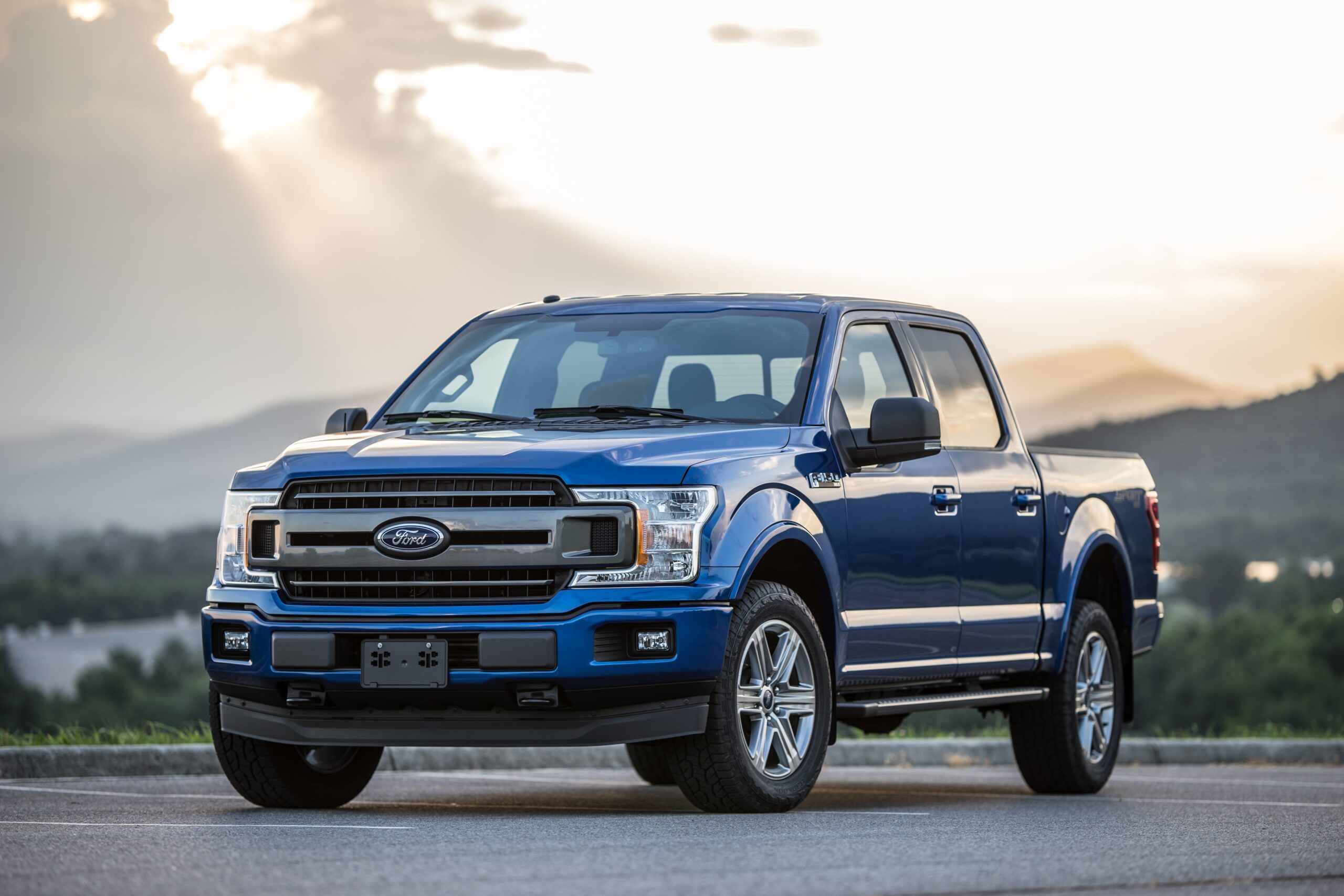For many people, buying a car is one of the first large financial decisions they have to make. Unfortunately, with 17 million new cars sold in 2019, it seems that many people are ignoring the obvious strain that it can have on your finances. This is why we decided to dive into why you should never buy a new car.
Below are 5 tips to think about before you purchase your next car.
1. A Car is a Depreciating Asset
A depreciating asset is something you buy that decreases in value over time. Generally speaking, to build wealth you want to spend as little as possible on depreciating assets (cars, electronics, etc.) so you can put more money into assets that will grow in value over time (stocks, real estate, etc.).
Putting a large percentage of your funds into a car will diminish your wealth and lower your net worth over time. Since a car is a depreciating asset, it is critical to pay the least amount possible for the vehicle you are looking for and to use the money saved on assets that will appreciate.
2. On Average a Vehicle’s Value Declines 17% After the First Year
Using data pulled from Kelley Blue Book we looked at the depreciation over the first six years of the top five selling brands of cars, trucks, and SUVs. Since American’s drive an average of 13,500 miles a year, we used this as a benchmark to factor in how many additional miles a car would have at the end of each year.
The average depreciation after the first year alone was 17%. Trucks tend to hold more value with depreciation of 8% after the first year, SUVs deprecated 16%, and cars depreciated a whopping 28%!
We put the information in the graph below to show how the value of cars depreciated over a 6 year time period:

Though the value of a vehicle declines over time, buying one with just one year of use can save a considerable amount of money. This alone will help conserve funds without compromising performance. In most instances, there is little difference between a brand-new car and purchasing a car after one year of use.
3. Never Buy a New Car, Optimize Your Purchase Instead
Now that we know you should wait at least one year to buy a “new to you” vehicle, when is the right time to buy your car? The answer to this is not as simple. It depends on what vehicle it is you plan on purchasing. Keep in mind the idea of this section is not to tell you what vehicle to buy, just when you should make your purchase.
Out of the three-vehicle classes we looked at (cars, trucks, and SUVs) a common theme emerged. The models that had a reputation for reliability maintained higher values over longer periods of time.
Cars
Looking at Figure 2 we can see the more reliable Camry and Civic maintained a higher value for longer. If you wanted to get the same discount on a Honda Civic compared to a Nissan Altima, you would have to buy one with three years of use versus having to buy a year old Altima.

This takes us back to our original question, when is the optimal time to buy your car? The general answer is the higher the model’s reputation for reliability, the more time you should wait to purchase your car. Waiting a few more years to buy a Civic would likely yield the same reliability of buying an Altima at an earlier stage as well.
It can be noted the less reliable models had a larger drop after year one but did not drop as far as the more reliable models from years one through six. Thus, reinforcing the statement that if you plan on buying a car with a less reliable reputation, you can purchase a newer model and receive similar value to an older leading brand model.
I would recommend buying a less reliable car at around the three-year 40,500-mile mark to get the most value out of the purchase price. For models that are considered “best in class” or have higher reputations, I would recommend buying models that are three to four years old and between 40,500 – 54,000 miles to maximize your purchasing power. Original value declines at a slower rate once these marks are hit.
Trucks
Out of the three classes we analyzed, trucks held their value the longest. It’s not a surprise as they now make up 3 of the top 5 selling vehicles in the US. On top of that, Tacoma blew the other models out of the water when it came to maintaining value. Figure 3 shows an updated graph with their maintained value of 6 years and 81,000 miles.

When it comes to purchasing a truck, the most value is to purchase a model after three years and 40,500 miles of use. After this marker, the original value decline drops off from 8-7% a year to 5% a year.
The one exception would be if you plan on purchasing a Tacoma. These trucks are known for their reliability and are shown on how long they maintain their value. With a Tacoma, the longer you wait, the better deal you will get for your money, but we would recommend buying at least a four-year-old model with 54,000 miles to get the most out of your purchasing power.
SUVs
The SUV class falls in between cars and trucks when it comes to maintaining value. Out of the 5 SUVs we analyzed there were varied results in terms of maintaining value. Like the car class, the brands with the higher reliability held more of their value for longer.

There is a significant difference in terms of value when purchasing a Rav4 compared to a Rogue, but the change in percent value after year one for these SUVs is consistent year over year. Therefore, we can recommend a similar strategy for purchasing any of the above SUVs. Wait to buy an SUV after three years of use (40,500 miles) to optimize your purchase. After this time the average value slows from a 10% decline to a 7% decline year over year.
4. Avoid the Manufacturer’s Mistakes
It is not uncommon for there to be glitches with new cars that involve a trip to the dealership to fix them. Another reason to buy an older model is that these factory defects will likely have already been addressed by the time you make your purchase.
The best way to make sure you are buying a car in great condition is to purchase a certified used vehicle. These vehicles must undergo an inspection by a trained mechanic to standards set by the manufacturer. Purchasing a certified used vehicle assures you are getting a “like-new” quality car.
5. Opportunity Cost of Purchasing a New vs. Pre-Owned Vehicle
Opportunity Cost is now what we call FOMO in 2021. In this case, it is when you purchase an expensive new car instead of investing your money more wisely. Instead of spending $10,000 on a new car, investing in the S&P 500 with an annual average return rate of 7% could increase this amount to $15,000 in 5 years. If investing is a scary option, how about a long vacation instead?
A new car might seem tempting, but for your wallet’s sake try and purchase a model with a few years of use. Hope this helped you to decide to never buy a new car and how you should buy instead! Still, conflicted about buying a new car? Drop questions in the comments!


